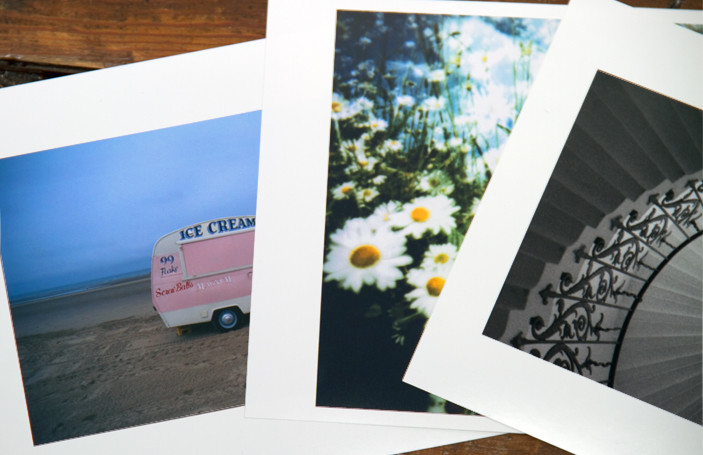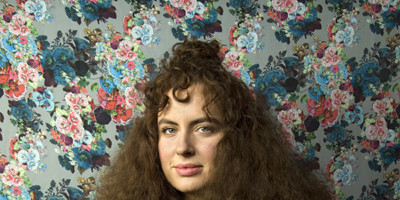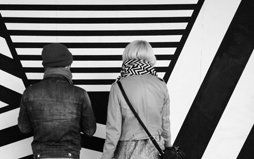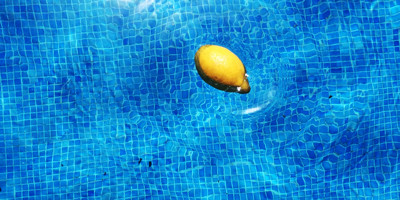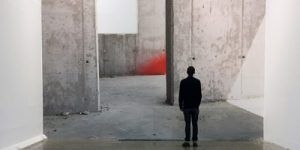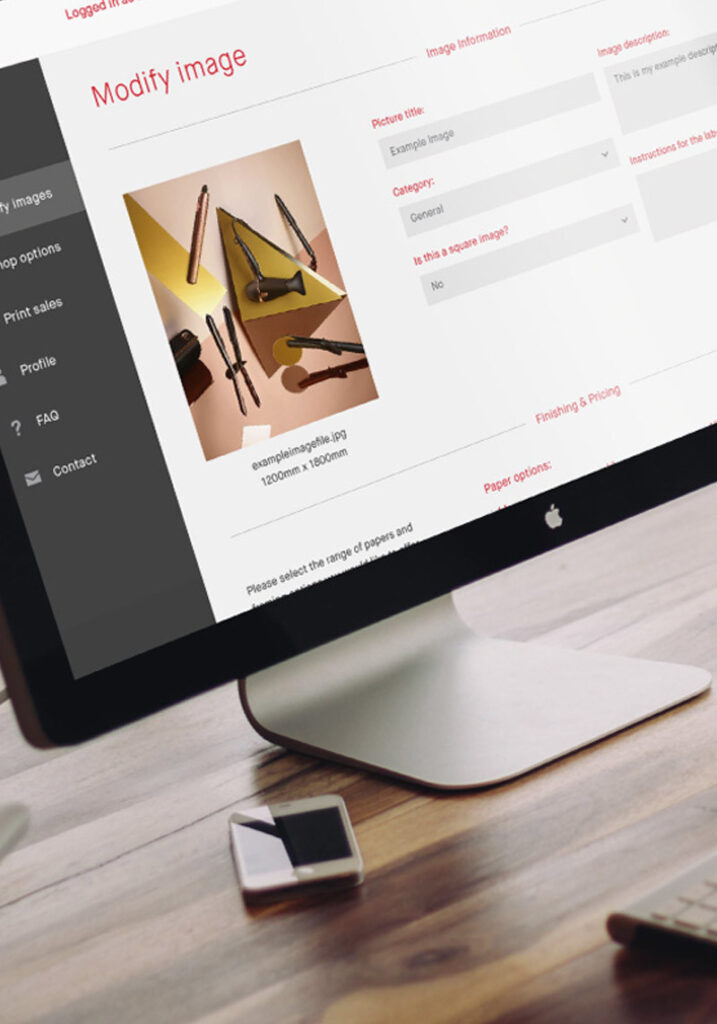Factors that determine print life
In determining image stability and the lifespan of a print at the acceptable margins of change there are many factors which cause image degradation in silver halide based Colour C Type papers and Inkjet materials. There are mainly four mechanisms that contribute to determining longevity for photographic prints:
- Degradation of the dyes caused by heat
- Degradation of the dyes caused by light
- Yellowing of the minimum densities (DMin) due to light or heat
- Degradation of the Resin base
These same four degradation mechanisms also apply to Inkjet materials. The following further factors also have a bearing on lifespan:
- Ambient moisture (relative humidity)
- Atmospheric pollutants
- Direct water contact
- Fingerprinting
To determine average lifespans of materials all these degradation mechanisms need to be taken into account, as it’s not just the permanence of the paper dyes or ink that will determine fade. A material could have excellent light and thermal fade performance but poor print life if the colorant stability is poor when exposed to moisture or atmospheric pollutants.
It is extremely important to recognize that the life of the image may not necessarily be limited by the stability of the image dyes. So we have to be careful of a manufacturer who states lifespan purely on dye stability or light stability alone or who uses only light fade data to describe the performance of a product, as it is very likely to not present an accurate prediction of print life.
Light conditions
How bright is a typical home environment for display? Light is measured in Lux and with 12 hours daylight in a room with west and south facing windows then you would expect light levels between 100 to 500 Lux up to a peak of 1000 Lux with a mixture of indirect and direct sun and artificial illumination in the evening. An average day over the year would be around 200 to 400 Lux illumination, dependent on the season.
Typical Colour C Type Print Lifespans
The following gives a guide to different environments and average expectant lifespans of Colour C Type prints.
| Museum | 150 Lux | Over 100 years |
| Office | 450 Lux | 35 years |
| Commercial Display | 1000 Lux | 8.5 years |
High Intensity
| Commercial Display | 5000 Lux | 20 months |
Fuji Crystal Archive C Type Paper
Fuji paper is made at Tilburg in the Netherlands and Fuji state that the light stability of Fujicolor Crystal Archive papers at 500 lux is over 40 years. As already stated in domestic situations sunlit areas may be bright as 1,000 lux or more during the day and drop to 100 to 200 Lux in the evening. Normal storage conditions are usually designated to be at an average of 500 lux of light exposure for 12 hours per day.
This gives Crystal Archive papers an image stability of 133 years at 150 lux.
The dark stability of Fujicolor Crystal Archive papers kept in total darkness in ideal atmospheric conditions is over 200 years
Epson Inkjet prints
Without being restricted to a few choices of media to achieve professional requirements for longevity, Epson UltraChrome K3 inks are designed to work as a system with a wide range of professional media. Epson UltraChrome K3 ink has improved print permanence characteristics that provide light fastness ratings of up to 108 years for Colour and over 200 years for Black and White prints under rigorous industry accepted display conditions.
Technical information credited to Kodak, Fuji and Epson
